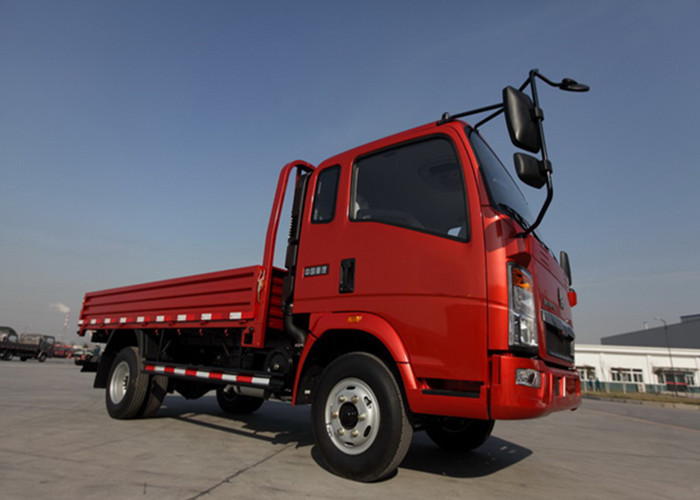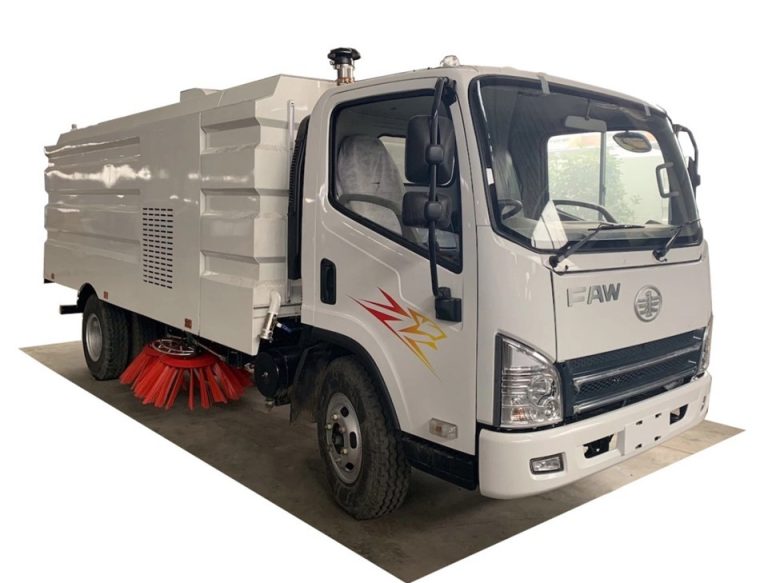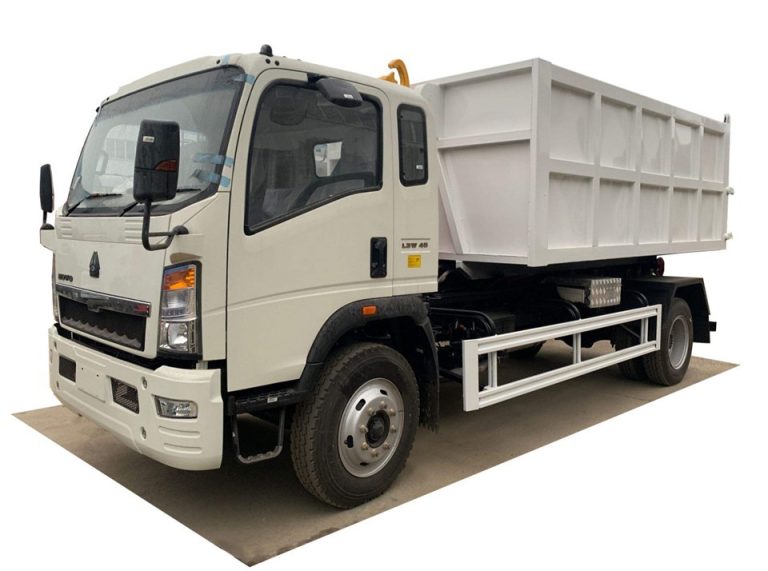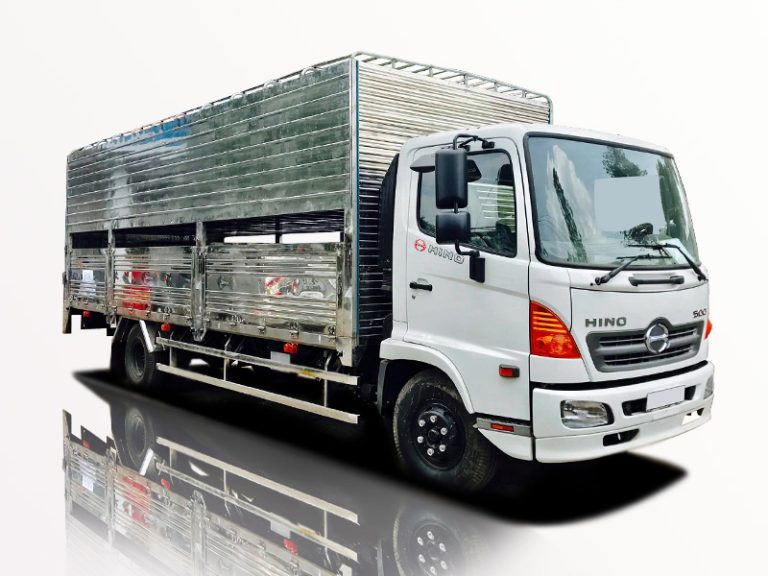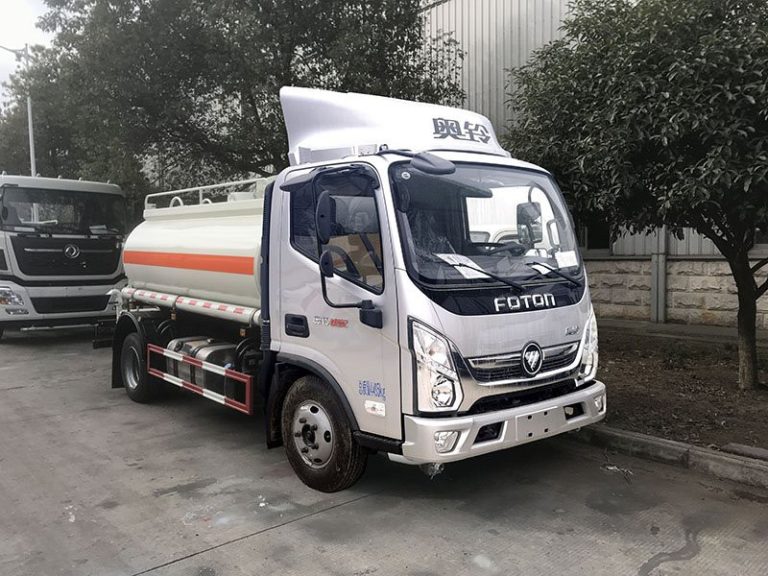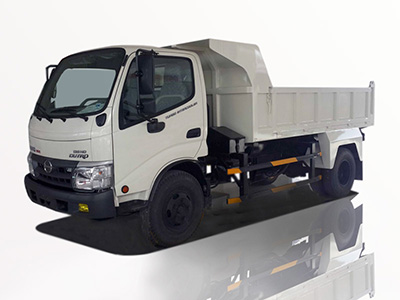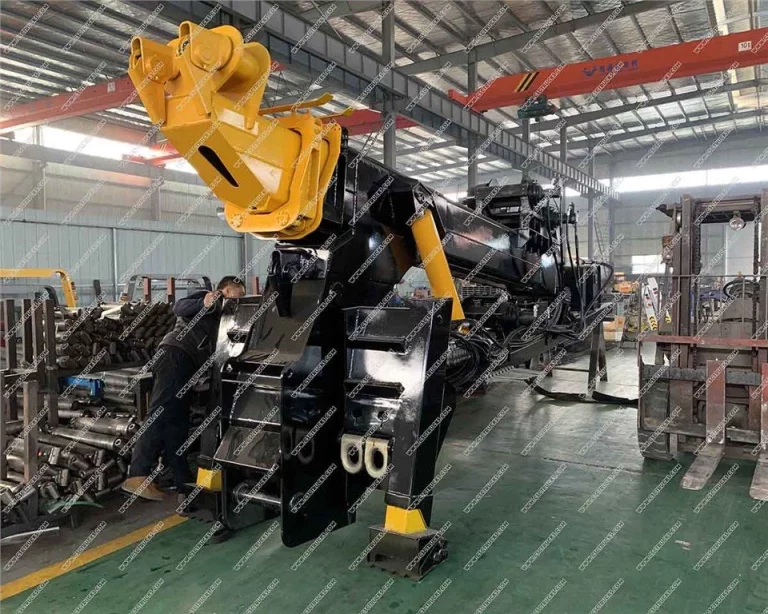Double deck trailers are essential in the logistics and transportation industries, providing efficient solutions for cargo handling. This comprehensive guide covers all aspects of double deck trailers, from their design to their many uses, tips for operation, and answers to common questions. Whether you’re a logistics professional or simply curious about this type of equipment, this article is the go-to resource for you.
What is a Double Deck Trailer?
A double deck trailer is a type of freight trailer designed with two loading decks, allowing for the transportation of larger volumes of goods compared to traditional single-deck trailers. The upper deck is often adjustable, enabling users to optimize space based on their specific transportation needs.
Types of Double Deck Trailers
1. Standard Double Deck Trailers
Standard double deck trailers are used primarily for transporting various types of goods and provide a maximum height clearance for cargo. They are commonly used in trucking and logistics.
2. Curtain-side Double Deck Trailers
Curtain-side double deck trailers feature flexible sidewalls, allowing for easy loading and unloading from the sides. This design is particularly beneficial for time-sensitive deliveries.
3. Box Double Deck Trailers
Box double deck trailers have fixed sides and often insulating materials, making them suitable for fragile or temperature-sensitive goods. This type of trailer provides better protection for certain types of cargo.
Advantages of Using Double Deck Trailers
1. Increased Loading Capacity
Double deck trailers can carry more cargo than single-deck options, helping businesses maximize efficiency and reduce the number of trips required for transport.
2. Improved Space Utilization
With the ability to customize the height of the upper deck, double deck trailers offer enhanced space utilization, allowing for the transport of products of various sizes.
3. Cost Efficiency
Transporting more goods per trip leads to cost savings on fuel and labor, making double deck trailers a more economically viable option in the long run.
4. Flexibility and Versatility
Double deck trailers can transport a wide range of items, from pallets to bulkier cargo, making them adaptable for various industries.
How to Choose the Right Double Deck Trailer
1. Assess Your Cargo Requirements
Consider the dimensions, weight, and nature of the cargo you need to transport. Ensure the trailer can accommodate these factors.
2. Evaluate Weight Restrictions
Different trailers come with different weight limits. Choose a double deck trailer that can safely carry your load without exceeding these limits.
3. Check Compatibility with Your Vehicle
Ensure your towing vehicle is compatible with the selected double deck trailer to ensure safety and performance.
4. Consider Your Budget
Double deck trailers come with varying price tags. Set a budget and look at options within that range that meet your requirements.
Operational Tips for Double Deck Trailers
1. Regular Maintenance Checks
Ensure that all components, including brakes, lights, and tires, are functioning optimally to ensure safety on the road.
2. Load Distribution
Properly distribute the weight across both decks to prevent swaying and maintain control while driving.
3. Use Appropriate Loading Equipment
Utilize forklifts and conveyors for efficient loading and unloading to reduce the risk of product damage or personal injury.
Common Uses of Double Deck Trailers
1. Retail Distribution
Double deck trailers are commonly employed in retail to transport bulk products from distribution centers to stores, optimizing logistics and reducing delivery times.
2. Food and Beverage Transport
The food and beverage industry benefits from the efficiency of double deck trailers, ensuring timely deliveries of perishables while maximizing available cargo space.
3. E-commerce Deliveries
With the growth of online shopping, double deck trailers are increasingly used to transport packages more efficiently, meeting high demand and tight schedules.
Challenges and Solutions for Double Deck Trailers
1. Loading and Unloading Complexities
Loading a double deck trailer can be complicated. Using loading ramps and professional loaders can mitigate risks and improve efficiency.
2. Height Restrictions
When transporting goods, always be aware of height restrictions on roads and bridges to avoid accidents. Plan routes accordingly and use adjustable height decks prudently.
3. Maintenance and Repairs
Regular inspections and proper maintenance are crucial. Create a maintenance schedule to keep the trailer in optimal condition and avoid costly repairs.
Cost Assessment of Double Deck Trailers
| Type of Double Deck Trailer | Average Cost | Maintenance Cost (Annual) |
|---|---|---|
| Standard Double Deck | $30,000 – $50,000 | $3,000 – $5,000 |
| Curtain-side | $35,000 – $55,000 | $4,000 – $6,000 |
| Box Trailer | $40,000 – $60,000 | $5,000 – $7,000 |
Frequently Asked Questions (FAQ)
1. What is the typical capacity of a double deck trailer?
The capacity of a double deck trailer varies based on its design, but typically it can carry between 24,000 to 45,000 pounds of cargo.
2. Are double deck trailers safe?
Yes, when properly maintained and operated within their weight limits, double deck trailers can be very safe. Regular maintenance and training in loading practices enhance safety.
3. How much does it cost to maintain a double deck trailer?
Maintenance costs can range from $3,000 to $7,000 annually, depending on the type of trailer and usage frequency.
4. Can I use a double deck trailer for personal use?
While double deck trailers are primarily used for commercial purposes, they can be used for personal projects, such as transporting large equipment or multiple vehicles, if you have the appropriate towing capacity.
5. How do I find the right double deck trailer for my needs?
Assess the type of goods you need to transport, consider space and weight requirements, and consult with trailer manufacturers or dealers to find the best fit for your needs.
6. Are there legal restrictions on double deck trailers?
Yes, legal restrictions depend on state and local regulations regarding weight and height limitations. Always verify regulations before use.
